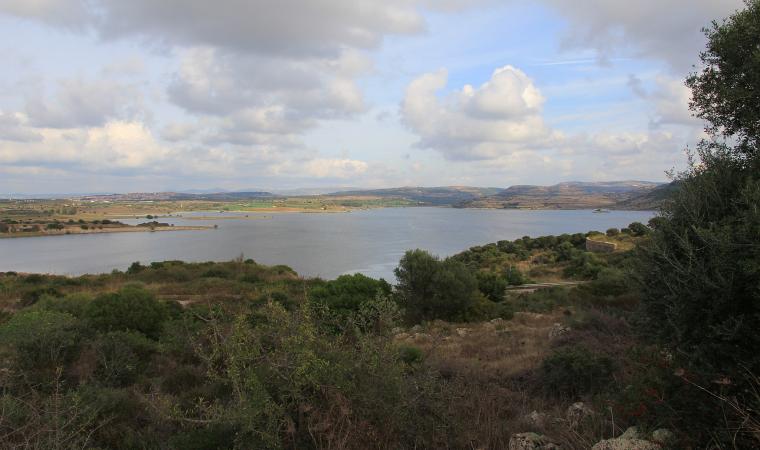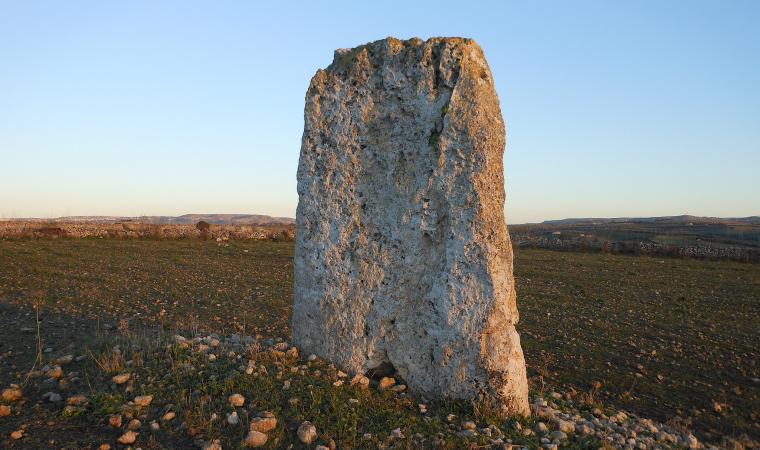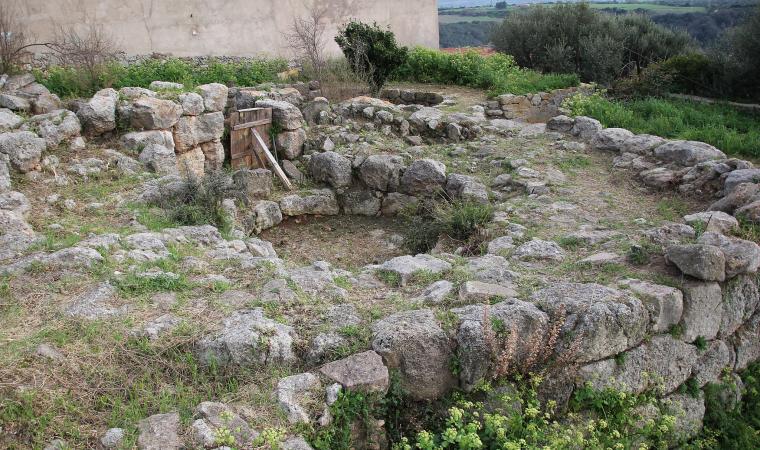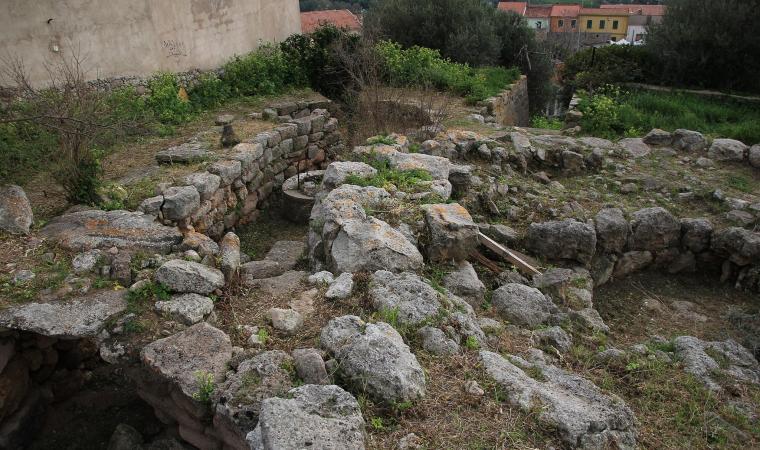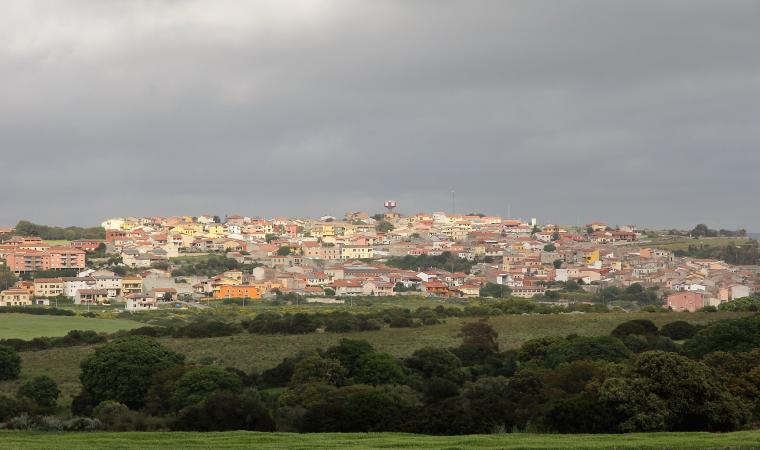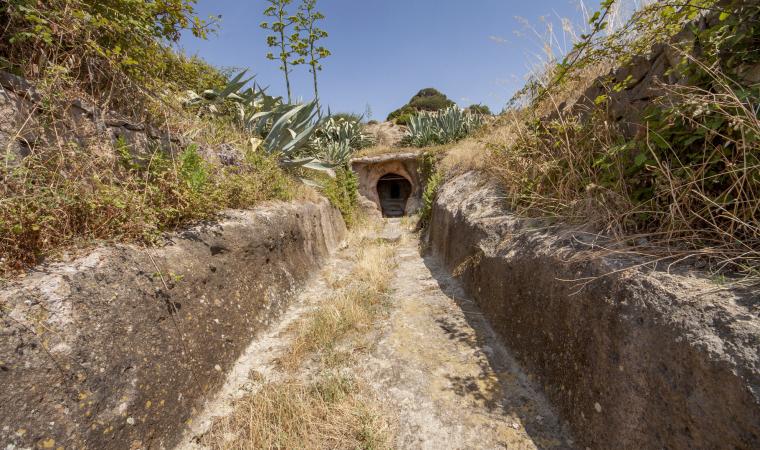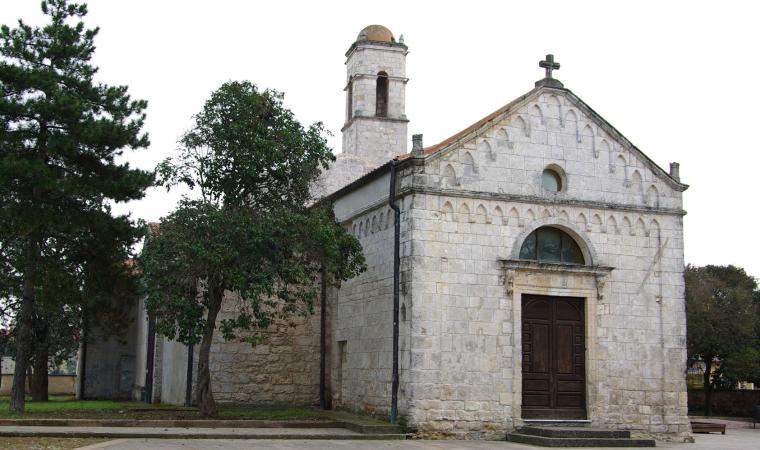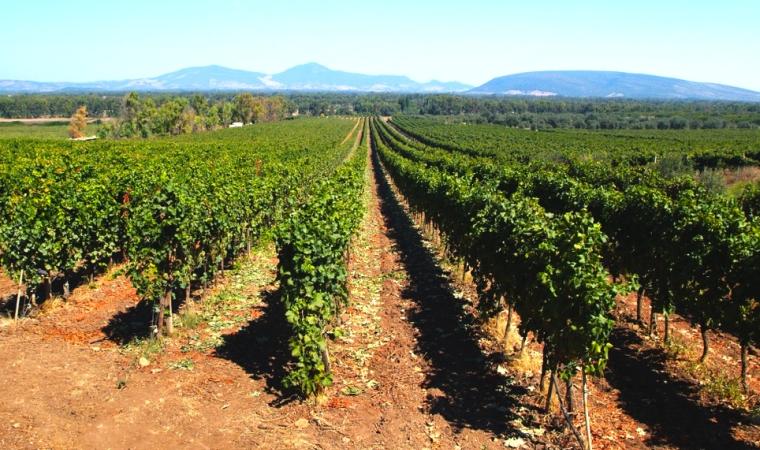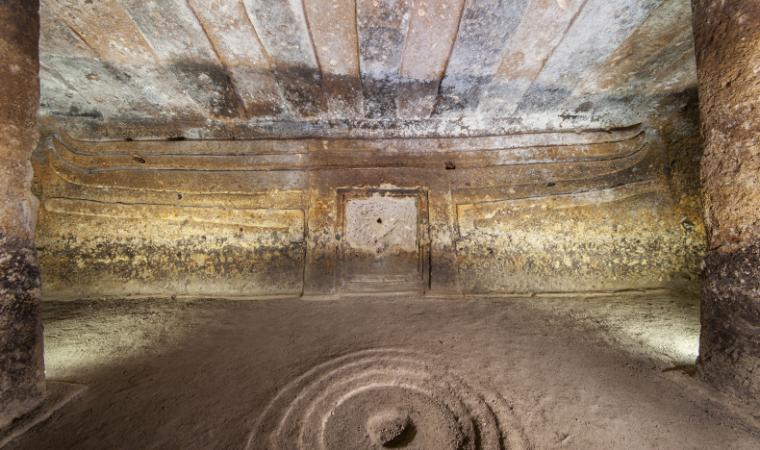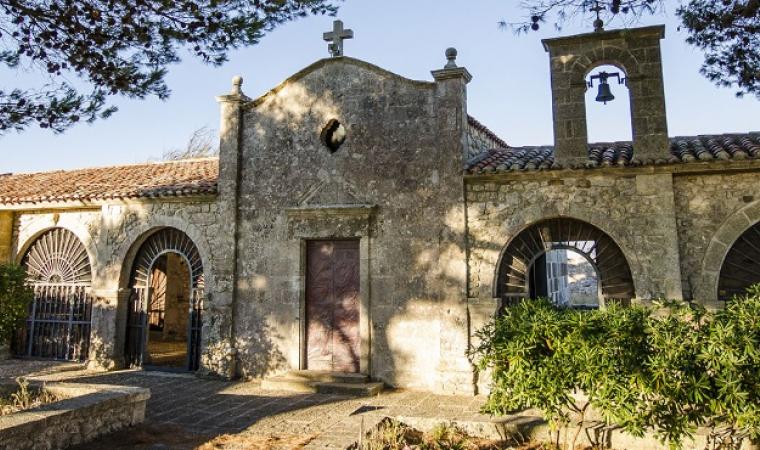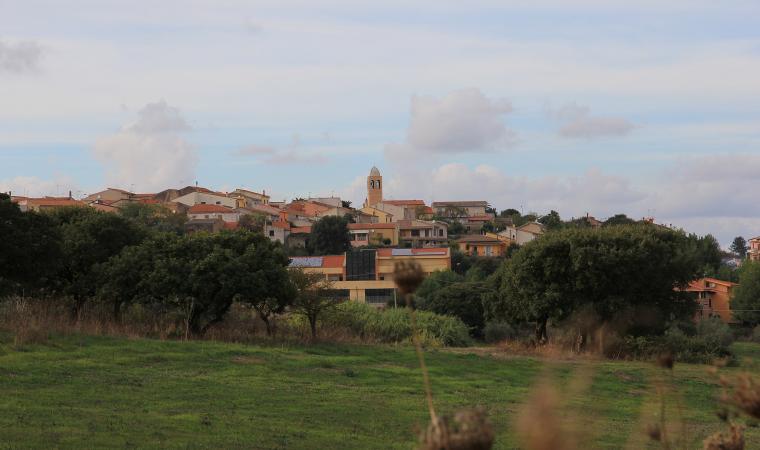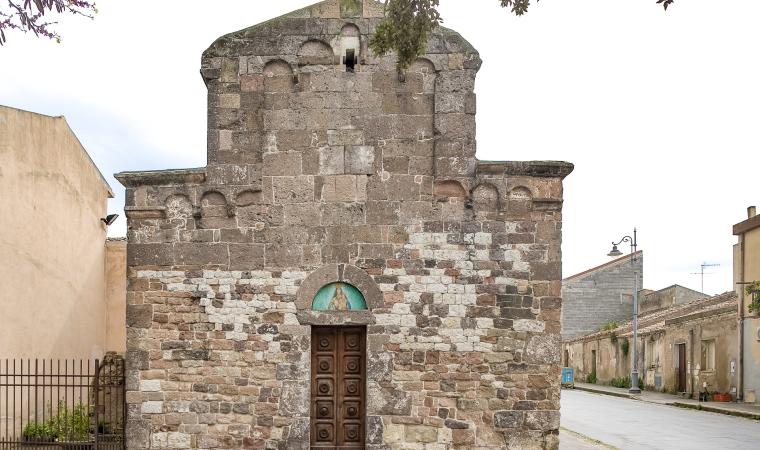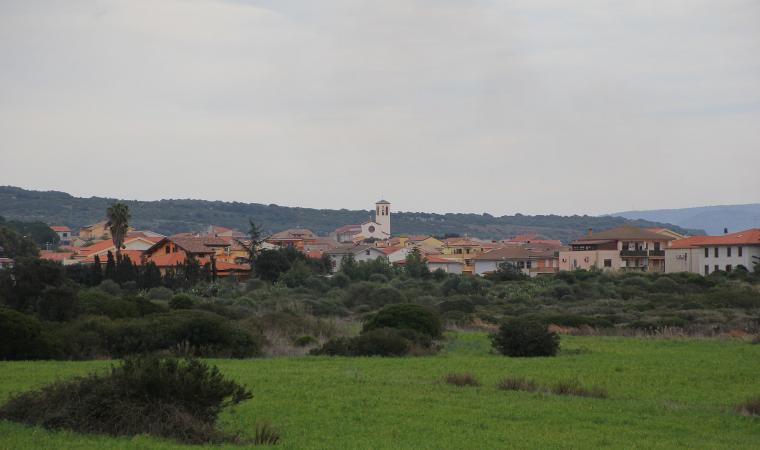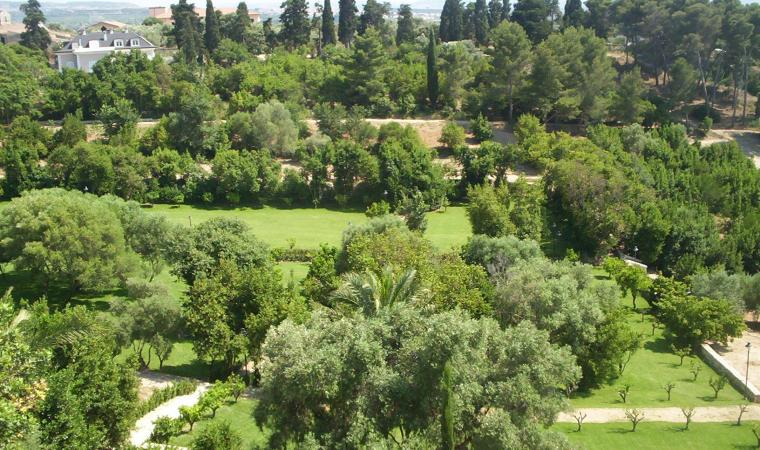Its singular, almost unique, peculiarity is that the three Nuragic towers and the remains of the surrounding huts are found precisely in the historic centre of the current village. This is the irrefutable proof that Uri - at the heart of Coros, a sub-region of Logudoro, halfway between Alghero and Sassari, famous for its excellent agricultural-food products such as olive oil and artichokes - has a history dating back some four thousand years. This occurrence began with the settlement of Santa Cadrina (Saint Caterina in Logudorese dialect), around which the urban fabric arose, without interruption, through to the present day. It is an extraordinary example of longevity, documented not only by the pre-Nuragic and Nuragic ruins, but also by the remains of Roman and medieval walls, two wells, a millstone, along with stone and ceramic finds that embrace various eras, in particular the Roman imperial and Byzantine.



